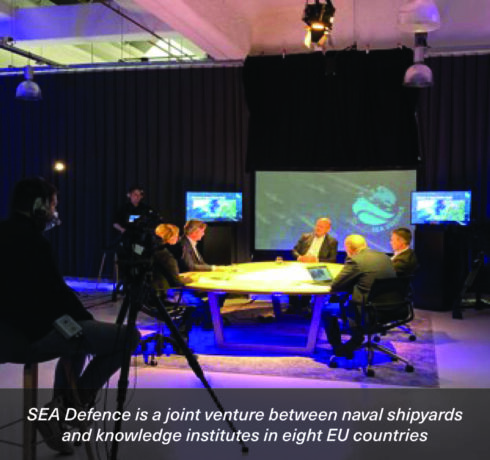Leading naval shipyards and knowledge institutes in eight EU countries are teaming up to help their navies effectively counter future military threats. In online workshops under the title SEA Defence, they are addressing the question of which technological requirements the next generations of naval vessels in Europe must meet. The SEA Defence project was selected by the European Commission last June within the European Defence Industry Development Programme.
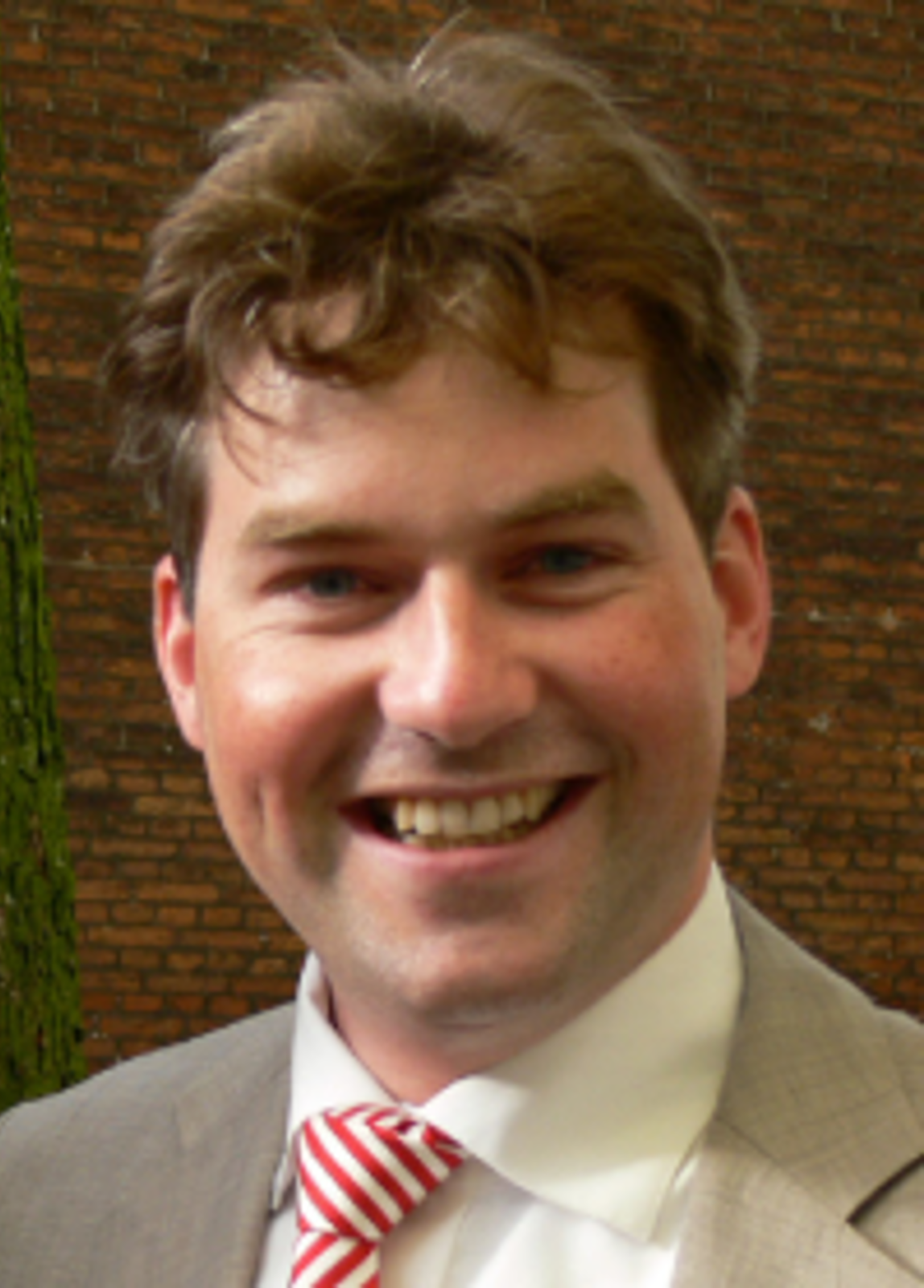 Project Manager Marcel Elenbaas.
Project Manager Marcel Elenbaas.
“It is not the intention that these shipyards together become one large European Naval Shipyard,” explains Project Manager Marcel Elenbaas. “However, we are looking together at how we can build naval platforms in the future that have technology with which our men and women of tomorrow’s navies can perform their tasks and win. In other words, that meet the highest capability requirements.”
This can be achieved by having European Naval yards cooperate more, for example, in the development of promising new technologies, and by establishing a ‘naval cluster’ at the European level along the lines of the Dutch Golden Triangle.
Damen Naval is the national naval architect with all the competences in house. That is why we can and may lead SEA Defence. The ambitious feasibility study is financially supported with over 14 million euros by EDIDP, the European Defence Industry Development Programme, an EU programme set up by the European Commission to increase the competitiveness of the European defence industry. Marcel explains that SEA Defence does not aim “to work together on one series of frigates”. “The European naval shipyards should not rely on brute force, but on smart and innovative cooperation,” he says.
“This will allow us to build even more efficient and effective platforms that are better able to communicate with each other, and to look at innovation and commonality at the subsystem level. That way you can also deal more effectively with future threats.” That is why, according to the Project Manager, during SEA Defence there is always feedback given to the materiel organisations of the participating countries. In the case of the Netherlands, this is the Ministry of Defence/Defence Materiel Organisation. They are in the best position to judge what the future needs will be.
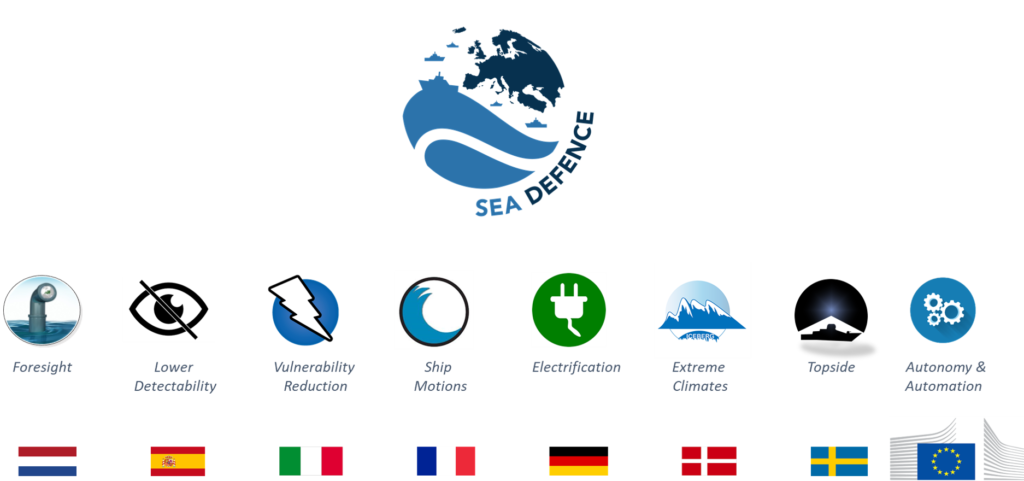 The ambitious feasibility study is financially supported with over 14 million euros by EDIDP, the European Defence Industry Development Programme.
The ambitious feasibility study is financially supported with over 14 million euros by EDIDP, the European Defence Industry Development Programme.
In addition to representatives of the relevant Ministries of Defence, delegates from the navies of the eight participating EU countries always participate in the online sessions. Damen Naval is pleased and honoured to lead SEA Defence. Apart from Damen Naval, the other leading European naval yards are Fincantieri (Italy), Naval Group (France), Navantia (Spain), Saab Kockums (Sweden), Sea Europe (Belgium), ThyssenKrupp Marine Systems and Lürssen Defence (both Germany). These form the consortium together with Odense Maritime Technology (Denmark) and the research institutes TNO and MARIN (both the Netherlands) and Centro Technológico Naval (Spain).
“The navies of Europe face challenges,” Marcel states. “We live in a maritime continent, dependent on the free sea. Geopolitical tensions in that vast domain are also a strongly growing threat to Europe and we see new weapons appearing, such as drones that can be sent in swarms to a naval vessel and extremely fast hypersonic missiles. You can also ask yourself how useful stealth still is when you can already be followed via all kinds of smarter sensors and now large numbers of satellites. We also have to take into account that our navies will soon be deployed more often in areas with extreme weather conditions.”
"The navies of Europe face challenges. We live in a maritime continent, dependent on the free sea." Marcel Elenbaas
They are brainstorming all these developments at SEA Defence in order to come up with suitable future operational scenarios on a European scale through closer technological cooperation. Marcel: “But it is important that Member States can continue to develop and build their own frigates, in cooperation with their own specialist companies and knowledge institutes that collaborate in equipping these ships, as in the Netherlands the Golden Triangle of Defence, industry and knowledge institutes does. It does not alter the fact that the technological and industrial base of Europe’s defence, and therefore Europe’s maritime defence, must become stronger.”
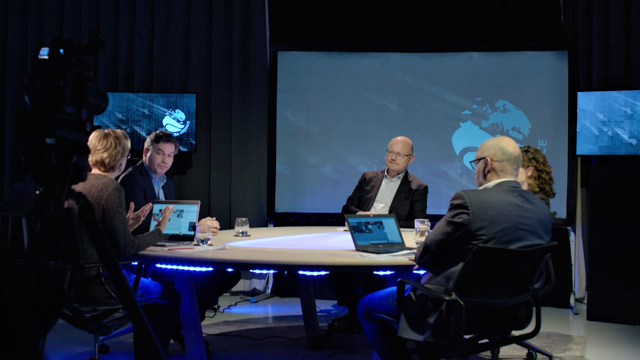 Despite the corona measures, the participants, led by TNO, succeeded in brainstorming, in an innovative workshop setting with representatives of the Ministries of Defence.
Despite the corona measures, the participants, led by TNO, succeeded in brainstorming, in an innovative workshop setting with representatives of the Ministries of Defence.
“Within SEA Defence, the main aim is for Damen Naval, together with the competing naval yards in Europe, to have a common view of current situation technical aspects of various platform-related topics. SEA Defence also strives for as much agreement as possible between the EU member states on the sensible spending of money from the European Defence Fund.” For the eight countries participating in the feasibility study, TNO set up virtual sessions where fictional ‘wargames’ were the basis to inspire all parties to share their views on future threats.
“Despite the corona measures, the participants, led by TNO, succeeded in brainstorming, in an innovative workshop setting with representatives of the Ministries of Defence, about the capabilities required in the future,” Marcel notes with satisfaction. SEA Defence will hold virtual workshops again on 19 and 20 October. On 19 October, this will be done with technical suppliers of the naval shipyards (external experts), “the larger system suppliers, such as Thales in the Netherlands,” says Marcel.
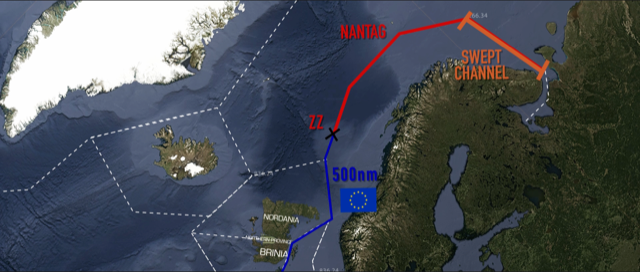 Geopolitical tensions are a strongly growing threat to Europe
Geopolitical tensions are a strongly growing threat to Europe
Small specialised companies that offer a specific technology, such as Next Ocean, inventor of the Wave Predictor, are also invited to participate in this session. One of the goals of SEA Defence is to establish a European platform in which the external experts can cooperate. Also, the small and medium sized enterprises (SME) should bundle their knowledge and expertise in order to apply it to the technology of future European naval platforms.
During the online session on 20 October, senior delegations from Brussels and representatives from EU Member States will jointly examine which concrete forms of cooperation can lead to improved effectiveness of the future naval platforms, the basic idea that the SEA Defence project is ultimately all about. In this workshop, the Netherlands can bring in the experiences of the successful Golden Triangle, the close cooperation and ‘cross-pollination’ between Defence, industry and knowledge institutes that has provided the Netherlands with high-quality knowledge in the field of naval architecture.
We can also learn from the successes of the other participating countries. “Possibly such a coordinated approach can also be rolled out on a European scale in the form of a European naval cluster in which the participating countries can mutually benefit from each other’s knowledge.”

